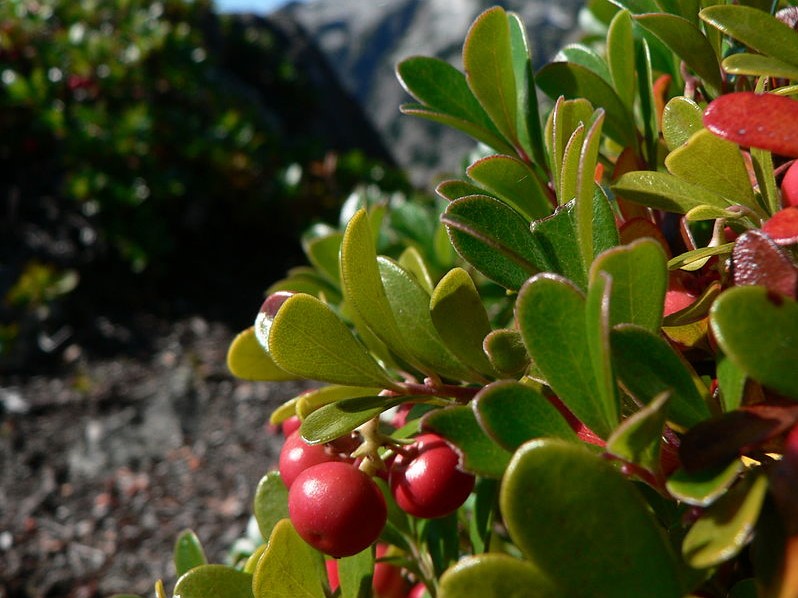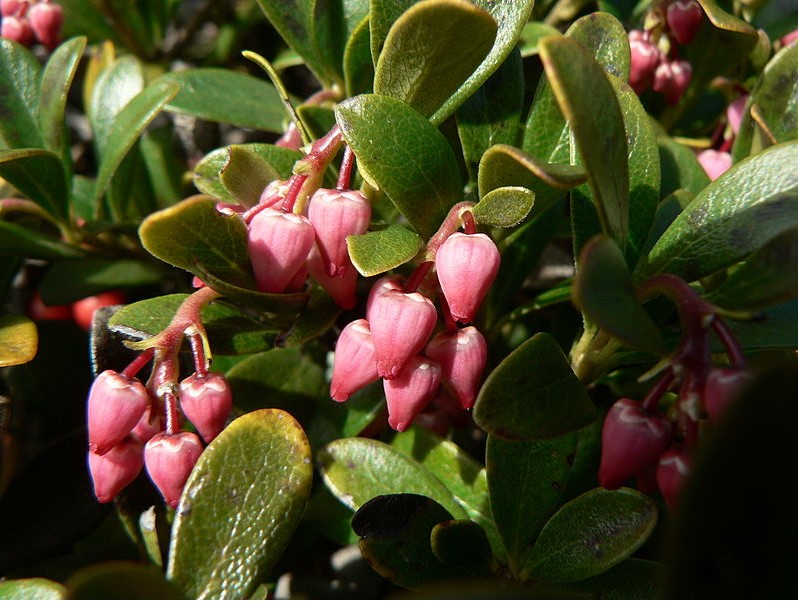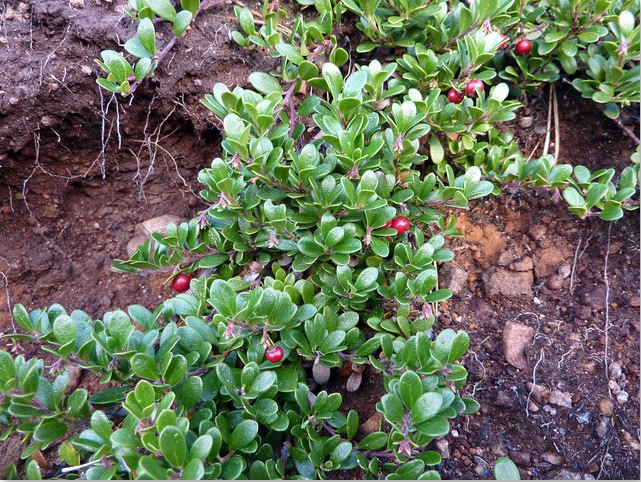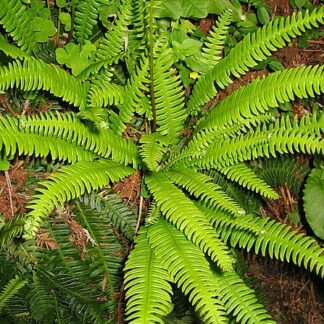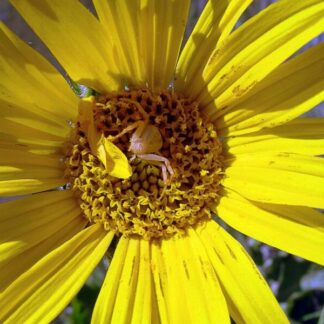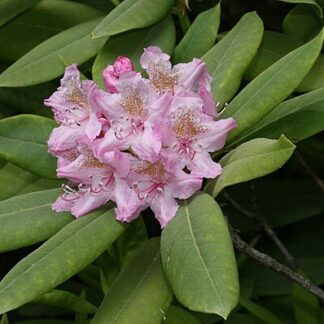Description
Sold as set of 5 plugs.
At a Glance: Matt forming trailing evergreen ground-cover or shrub
Height: Usually not more than 20cm tall
Stems: brownish-red flexible rooting branches
Leaves: 3cm long alternate dark-green oval to spoon shaped leaves
Flowers: small pinkish-white upside down urn shaped flowers
Fruits: Bright red berries that resemble miniature apples; edible but are mealy and fairly tasteless; stay on the plant into winter. Very attractive to wildlife.
Conservation Uses: Used for erosion control in areas with full sun
Ethnobotany: Historically used by Native tribes as a tobacco substitute or filler
Helpful Tips: Plant in wet area. Click HERE to determine your recommended planting density.
Fun Fact: “Kinnikinnik” is the longest palindrome (a word spelled the same forwards or backwards) in the English language.
| Sun/Shade Tolerance | Hydrology | Elevation Range |
|
full sun > 80%
mostly sunny 60%-80%
partial sun and shade 40%- 60%
mostly shady 60%-80%
full shade > 80%
|
wet
moist
dry
|
low elevation
mid elevation
sub-alpine
high elevation
|
| Soil Preferences | ||
|
sandy soils
gravelly soils
clay soils
muddy soils
peaty soils
|
well drained soils
shallow soils
deep soils
acidic soils
basic soils
|
humic soils
nutrient rich soils
nutrient poor soils
mineral soils
organic soils
|
| Wildlife Value | |
|
Berries
Seeds
Nectar for hummingbirds
Nectar for butterflies
Host for insect larvae
Thickets and shelter
Thorny or protective cover
|
Berries attract birds and mammals |
References:
Pojar, Jim, and Andy MacKinnon. Plants of the Pacific Northwest Coast: Washington, Oregon, British Columbia & Alaska. Revised ed. Redmond, Wash.: B.C. Ministry of Forests and Lone Pine Pub., 2004. Print.
“Sound Native Plants.” Sound Native Plants. Web. 31 Oct. 2014. www.soundnativeplants.com.

